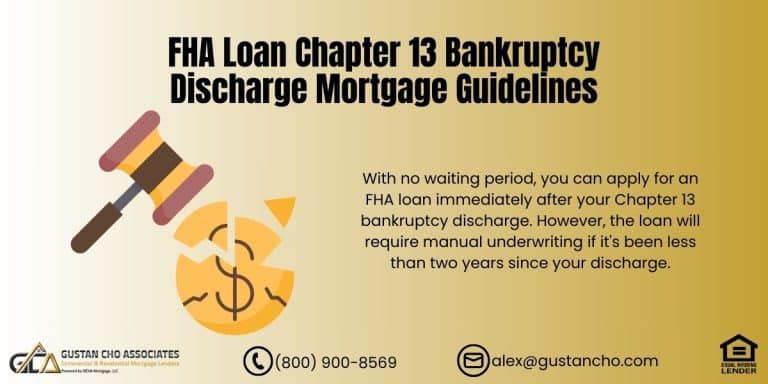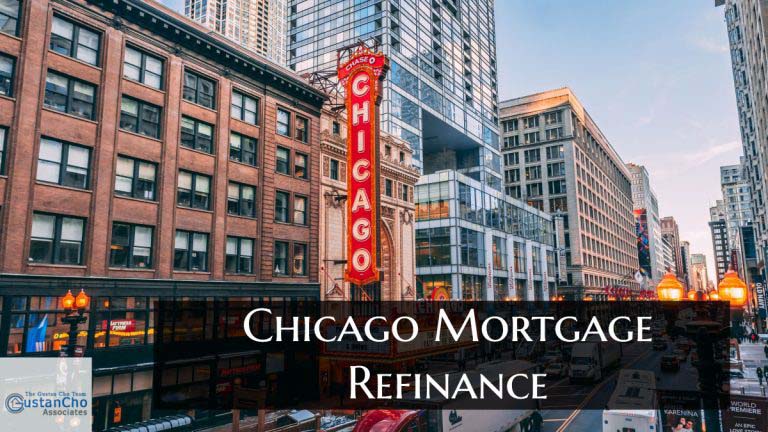This guide covers lender overlays on collection accounts and charge-off accounts. Homebuyers who have been turned down for a mortgage loan by a bank, credit union, or mortgage banker because due to having older collection accounts with balances may qualify for a mortgage but not with that particular lender.
Just because one lender has turned down borrowers because of old collection accounts does not mean they do not qualify for a home loan with a different mortgage lender. Many lenders have lender overlays on collection accounts and charge-offs.
For example, many lenders do not accept any collection accounts that have not been satisfied. Borrowers must not pay outstanding collections and charged-off accounts to qualify for government or conventional loans. These lenders want collection accounts fully paid and recorded as paid on all three credit reporting agencies. Still, it is not due to federal guidelines but because they have lender overlays. Other lenders, especially banks, will not even consider whether borrowers have had any collection account activities or delinquencies in the past two years. In this article, we will discuss mortgage lender overlays on collection accounts.
What Are Lender Overlays?
Mortgage lender overlays are a lender’s guidelines on top of the minimum mortgage guidelines implemented by HUD, VA, USDA, Freddie Mac, and Fannie Mae. For example, to qualify for a 3.5% down payment purchase home loan, FHA requires a minimum of a 580 credit score. However, most banks and credit unions will require minimum credit scores between 620 to 640. HUD requires maximum front-end debt-to-income ratios of up to 46.9% and back-end of 56.9% if credit scores are 620 or higher.
Common Overlays By Mortgage Lenders
However, many banks and credit unions may require a 640 credit score to cap debt-to-income ratios at 45%. Other lenders may require a credit score 680 or set a maximum debt-to-income ratio cap of 55% DTI.
Many lenders will not honor HUD’s maximum front-end 46.9% and 56.9% back-end debt-to-income ratio cap as part of their lender overlays.
Lender overlays can be placed on collection accounts and charged-off accounts. Many mortgage lenders will not even look at borrowers unless they have paid off all of their collection accounts. No matter how old the collection and charged-off accounts are, this is the case. The good news is that borrowers can qualify for a mortgage loan despite the unsatisfied collection and charge-off accounts.
Lending Guidelines on Collection and Charged-Off Accounts
HUD has a more generous policy for borrowers with multiple unsatisfied collection accounts and charge-offs than VA, USDA, and Fannie/Freddie. HUD mortgage guidelines do not require borrowers to pay off the older collection and charged-off accounts to qualify for FHA loans. HUD guidelines on collection accounts recently changed earlier this year. HUD differentiates collection accounts into two categories: Medical and Non-medical collection accounts.
How Lenders View Medical Collections
All medical collection accounts are exempt under HUD collection account guidelines. Borrowers need not worry about paying outstanding collections and charge-off accounts to qualify for FHA loans. However, a lender may have borrowers pay off medical collection accounts as part of their lender overlays. If a particular lender asks borrowers to pay off medical collection accounts with balances, go somewhere. This is because many lenders do not have lender overlays on collection accounts and charge-offs. The second type of collection account is a non-medical collection account.
Examples of Non-Medical Versus Medical Collections
Non-medical collection accounts are everything that is non-medical such as the following:
- credit card accounts
- auto repossessions
- cell phone bills
- installment loans
Any other creditor consumers have not paid and have reported on the three major credit bureaus.
Debt-To-Income Ratio Guidelines on Non-Medical Collections Versus Overlays
Effective earlier this year, for non-medical collection accounts with a credit unpaid balance of $2,000 or greater, the mortgage underwriter will take 5% of the unpaid balance to calculate the debt-to-income ratio. For example, here is a case scenario. Suppose a consumer has an unpaid collection account with a Capital One credit card from two years ago. The outstanding balance is $2,000. The mortgage underwriter will take 5% of the $2,000 unpaid balance, or 100 dollars, as part of monthly minimum debt obligations to calculate debt-to-income ratios. This is the case even though the consumer will not be paying anything. Again, this is for only non-medical collection accounts only.
What If My Unpaid Collection Balance Is High?
There are cases where a collection account balance can be extremely high. This will throw off the applicant’s debt-to-income ratios. For example, in a recent case scenario, a borrower had an open collection balance of $20,000. 5% of $20,000 is $1,000 per month. The mortgage underwriter will use this $1,000 monthly to calculate the borrower’s debt-to-income ratios. This is the case even though the borrower is not required to pay the $1,000 monthly. There is a solution to this. FHA will allow the borrower to make a written payment agreement with the creditor on monthly payments. There is no payment seasoning requirement. In the above case scenario, if the borrower were to set up a written payment agreement with the creditor, then he or she owes $20,000 to $100 per month; that $100 per month will be used to calculate the borrower’s debt to income ratios in place of the $1,000 per month.









